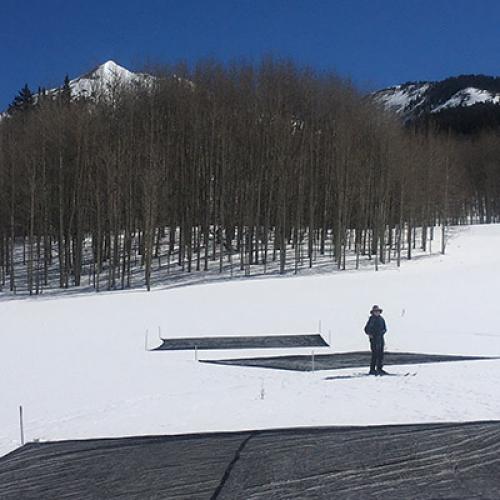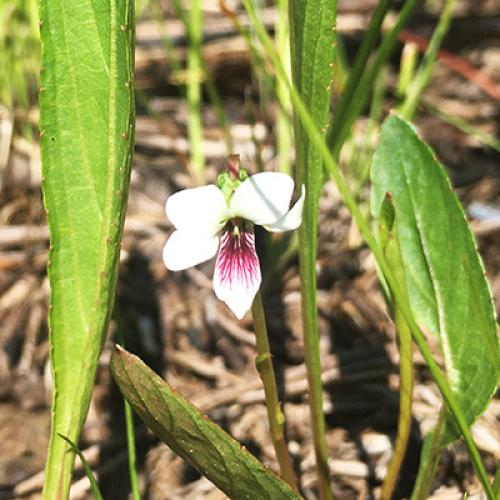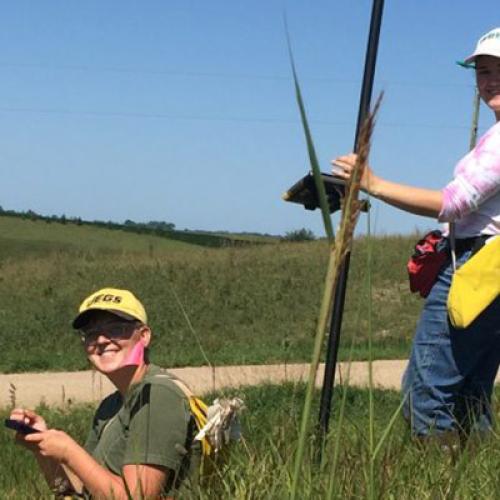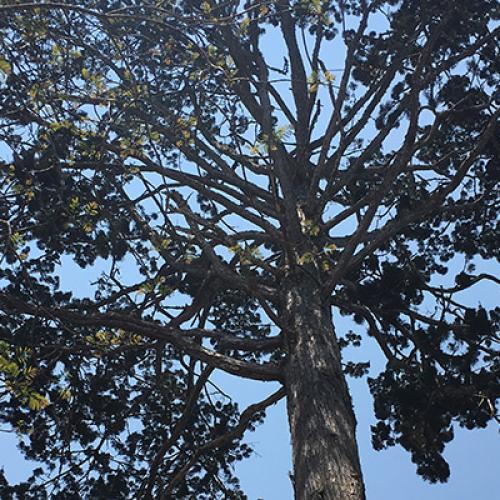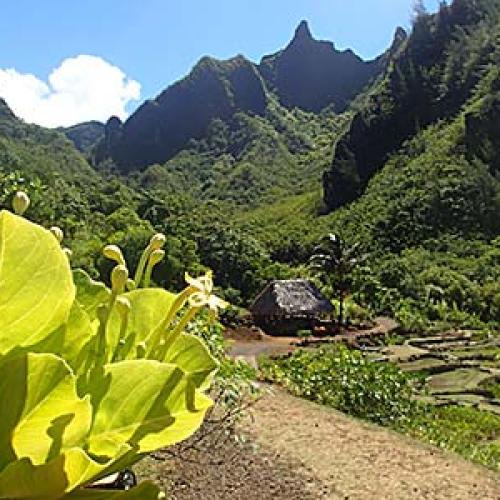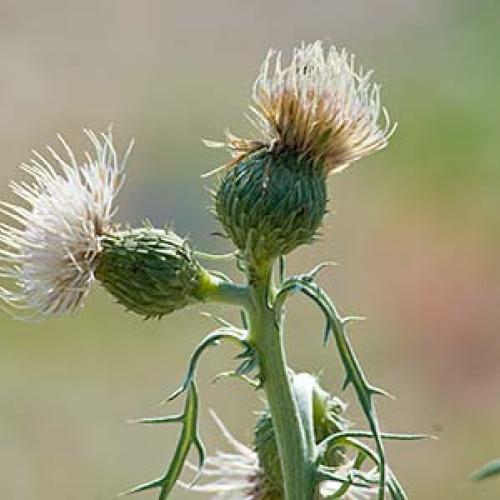Preventing Extinctions
A key objective of the Negaunee Institute’s research and conservation program is developing a deeper understanding of the threats to plant life and acting on this information to prevent extinctions. Habitat fragmentation, climate change, disrupted population demographics and genetic diversity, are just some of the threats that can result in extinction of plant species.


